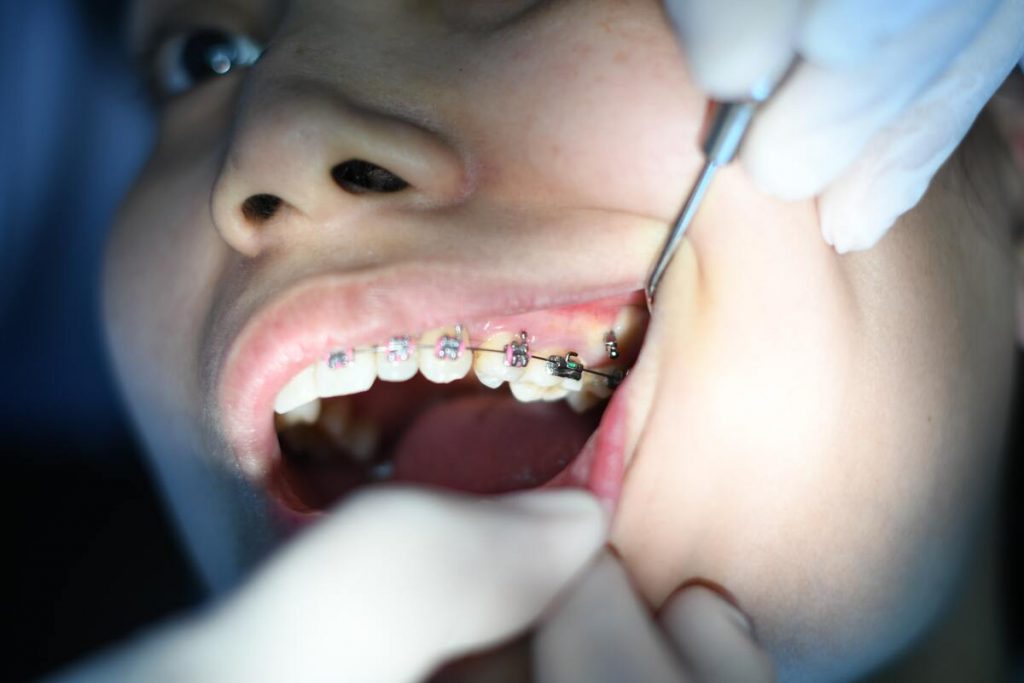The work of an orthodontist Liverpool has always been to coax and persuade a patient’s teeth to adopt new positions, with these positions being better meshing and well ordered. This is not a purely cosmetic endeavour; badly meshing teeth have consequences in the way that a person eats and talks, as well as being difficult to clean.
For nearly 100 years now, the primary tool of the orthodontist has been the metal brace – used by tightening the arch file or moving the brackets up, thus moving the teeth via forces which are applied to the patient’s teeth.
But knowing exactly how much force is required to move a tooth and how the teeth would react was more a case of experience and intuition by a skilled orthodontist, and although orthodontic meetings could occur regularly and often involve many very small adjustments used for practicality, the cost of doing it this way made it prohibitive.The larger corrections performed once every 6 weeks are much more common, but unfortunately are far more uncomfortable and often lead to patients having to use over-the-counter painkillers and consume softer foods for the first few days after an orthodontic brace adjustment.

The clear aligner
A clear aligner is a very different way for an orthodontic treatment to be administered; it still relies on the same premise of using consistent pressure to move teeth, but instead for fixed appliances, it is more of a mouth guard which is placed over the teeth. Each of these guards is used for 2 weeks as part of a series of aligners which make up the overall treatment lasting anywhere from 6 months to 2 years.
Because the aligners are only used for 2 weeks they can be thin and lightweight, making them much easier to wear and use in everyday life. Each of these aligners represents a fixed moment on the journey from your current tooth position to its ideal one. You could say that changing each aligner is much like having an adjustment performed on a brace, but with them occurring every two weeks, they are far smaller and much more tolerable than a brace tightening.
With traditional metal braces, the adjustments are made with the patient in the chair in front of the orthodontist. When treatment is provided with a clear aligner, a three-dimensional scan is taken of the patient’s mouth. This is used to calibrate a three-dimensional model. This model is a highly accurate and dynamic physiological simulation of the patient’s mouth, so rather than working directly on the patient, the orthodontist works on this simulation rearranging its teeth into an ideal position.
The design software then works using the current position, the starting position of the patient’s teeth and the ideal position, created by an orthodontist from the scan, in order to create the series of aligners which will move the teeth from their current to final positions. The nature of the work is just the same as an orthodontist would carry out using a brace, only rather than it being done in real time with a patient present, it is being done before, allowing the treatment to be carried out and applied retrospectively via the aligners.

